
Pop quiz: How many seconds are in a day?
If you guessed 86,400, you’d be right—except on June 30, 2015, when an extra second is being added to the clock.
This additional unit of time, dubbed a “leap second,” is meant to account for a naturally-occurring slowing of the Earth’s rotation. But the extra second could cause headaches for computer systems, which aren’t ready to deal with 61 seconds in a given minute.
The problem is reminiscent of Y2K, that turn-of-the-century panic when companies worried their computers would go haywire because they recognized the year 2000’s double-zero ending as “1900.”
While no one is predicting this year’s leap second to cause a tech apocalypse like they did fifteen years ago, there’s a chance the leap second could crash your favorite website or maybe even delay your flight.
Here’s everything you should know about this quirky unit of time:
Where do leap seconds come from?
Leap seconds were introduced to keep our notion of time in line with an ongoing slowdown in Earth’s rotation, caused by volcanoes, earthquakes and other natural phenomena. While that slowing rotation is extraordinarily gradual, over long periods it adds up to notable chunks of time, potentially throwing our concept of time off from Earth’s day-and-night cycle — or even seasonal schedules.
The “leap second” attempts to rectify this by inserting an extra second into a day to give the Earth time to “catch up” to where it’s supposed to be based on the traditional solar cycle. The leap second was established as an international standard in 1972, and there have been 25 such seconds added since that year.
Why is it a problem for computers?
For computers, a day is 86,400 seconds, no matter what. When you try to introduce an extra second that doesn’t fit into the normal format of time (the official leap second timestamp on June 30 will be 23h:59m:60s), it can throw off computer systems’ processes. In particular, apps and programs based on Unix, a popular open-source operating system, are susceptible to these problems because Unix predates the establishment of the leap second.
These Vintage Computer Ads Show We've Come a Long, Long Way
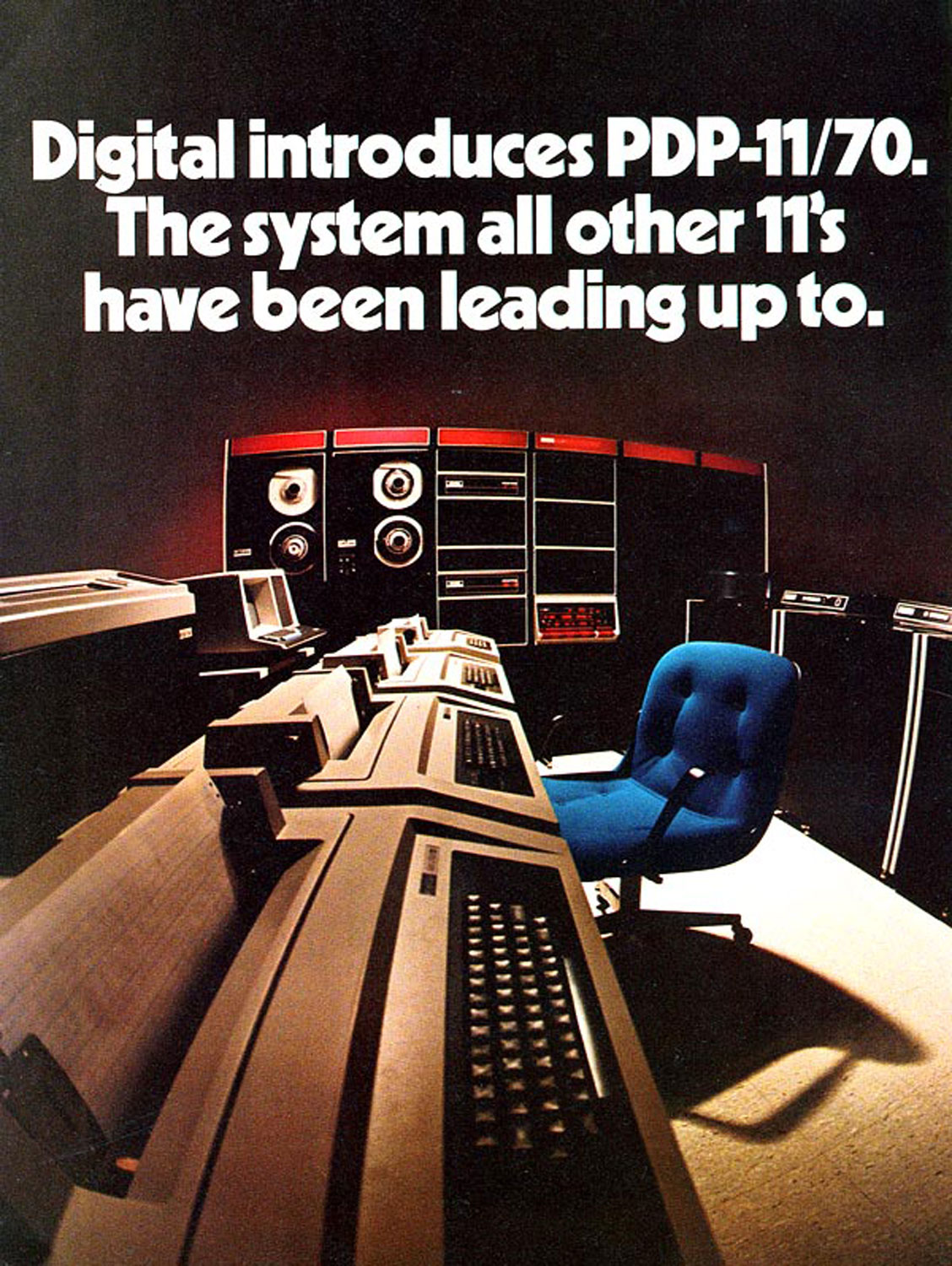
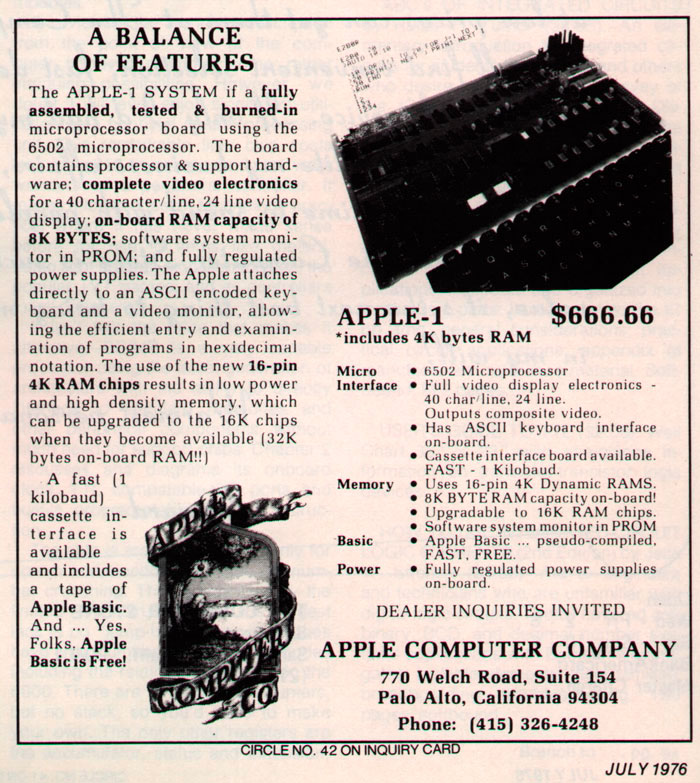

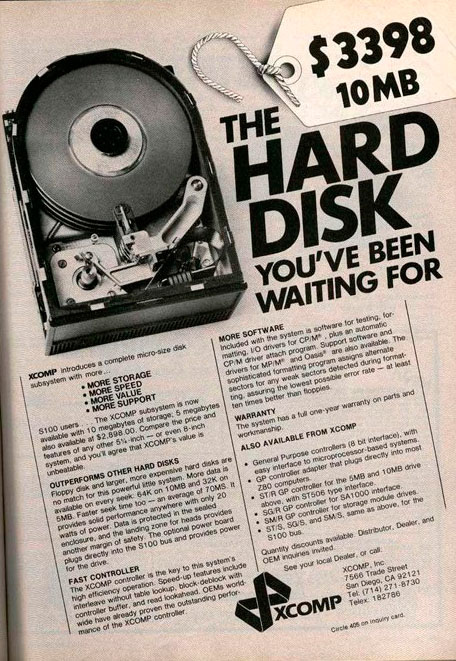


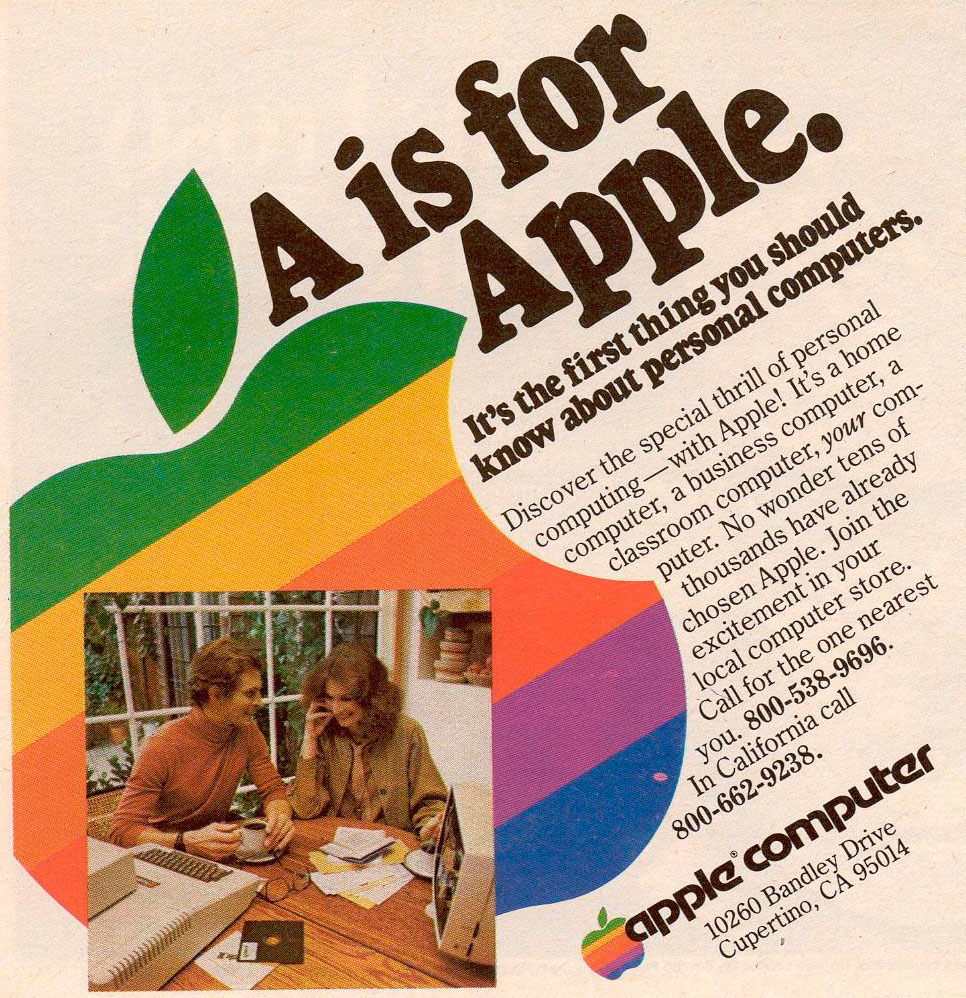
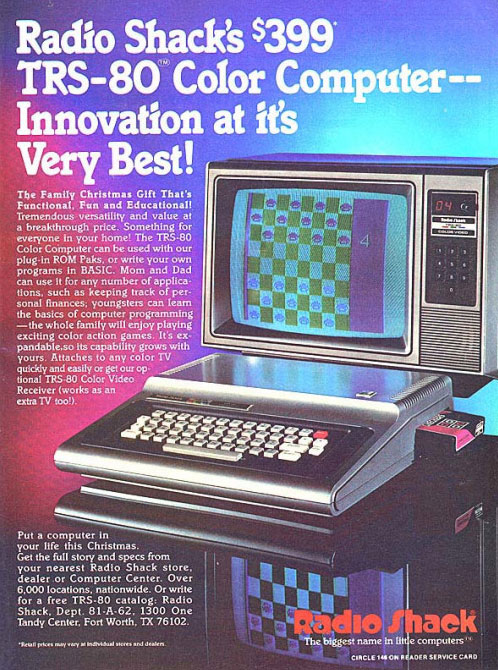

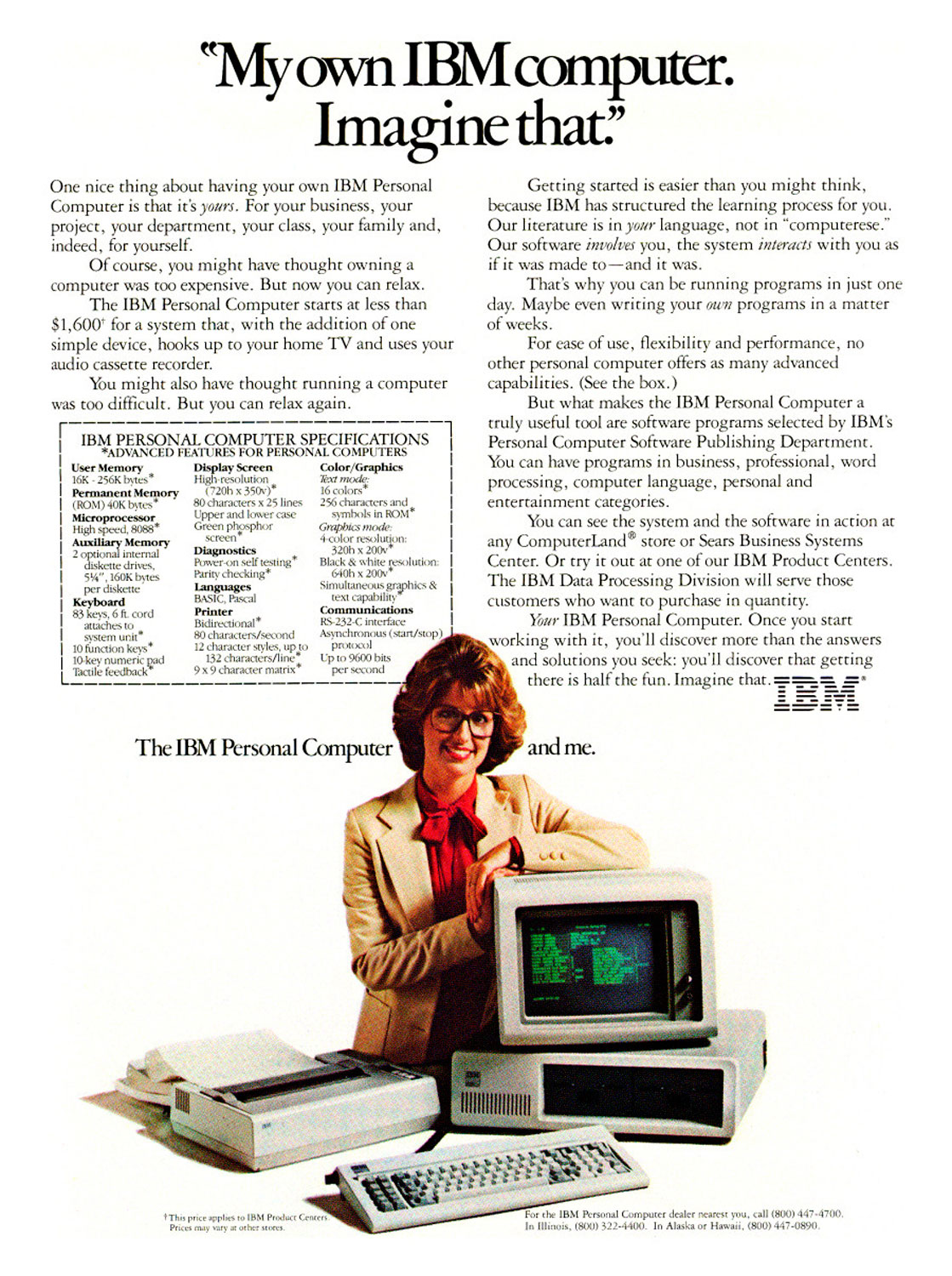

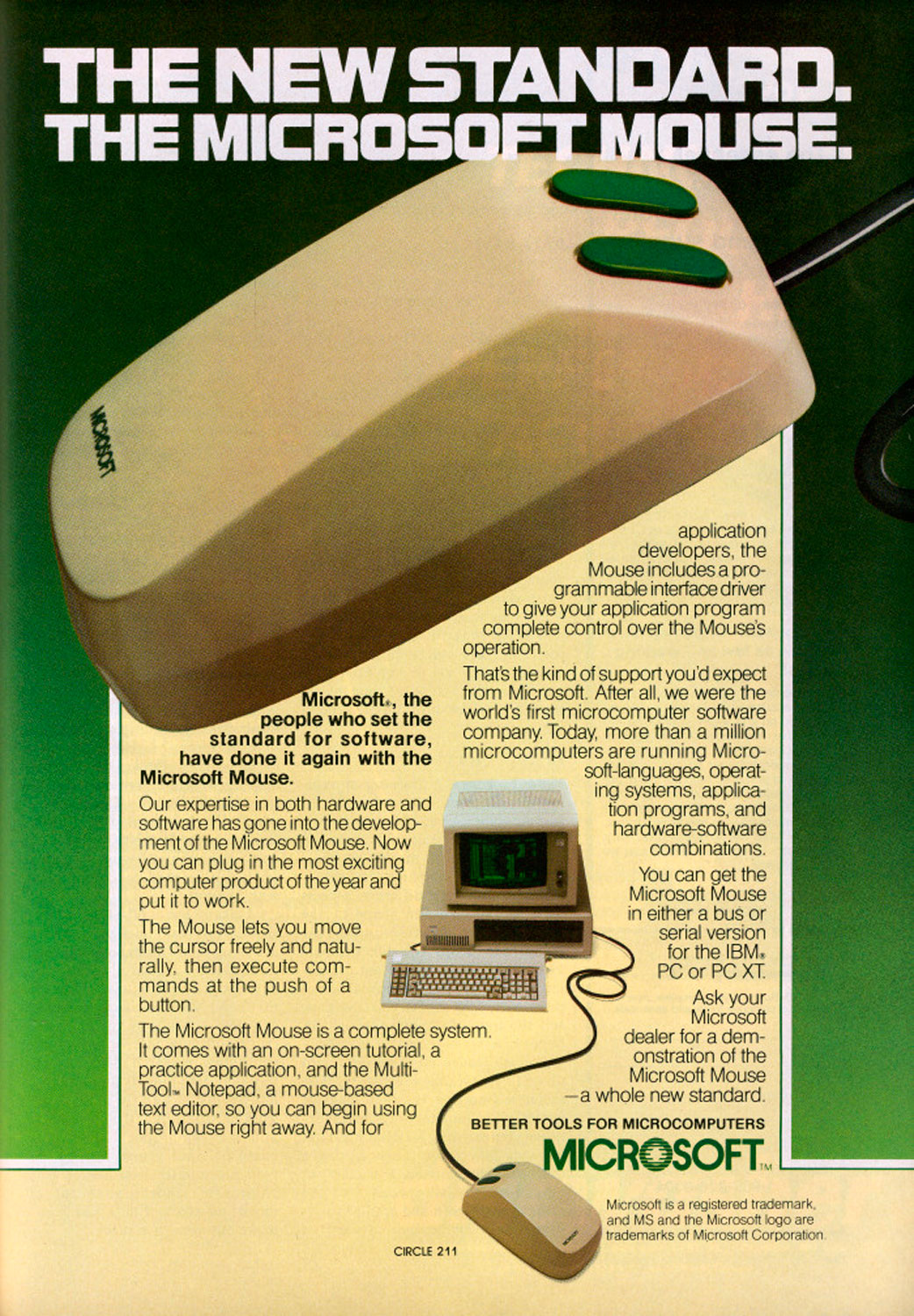
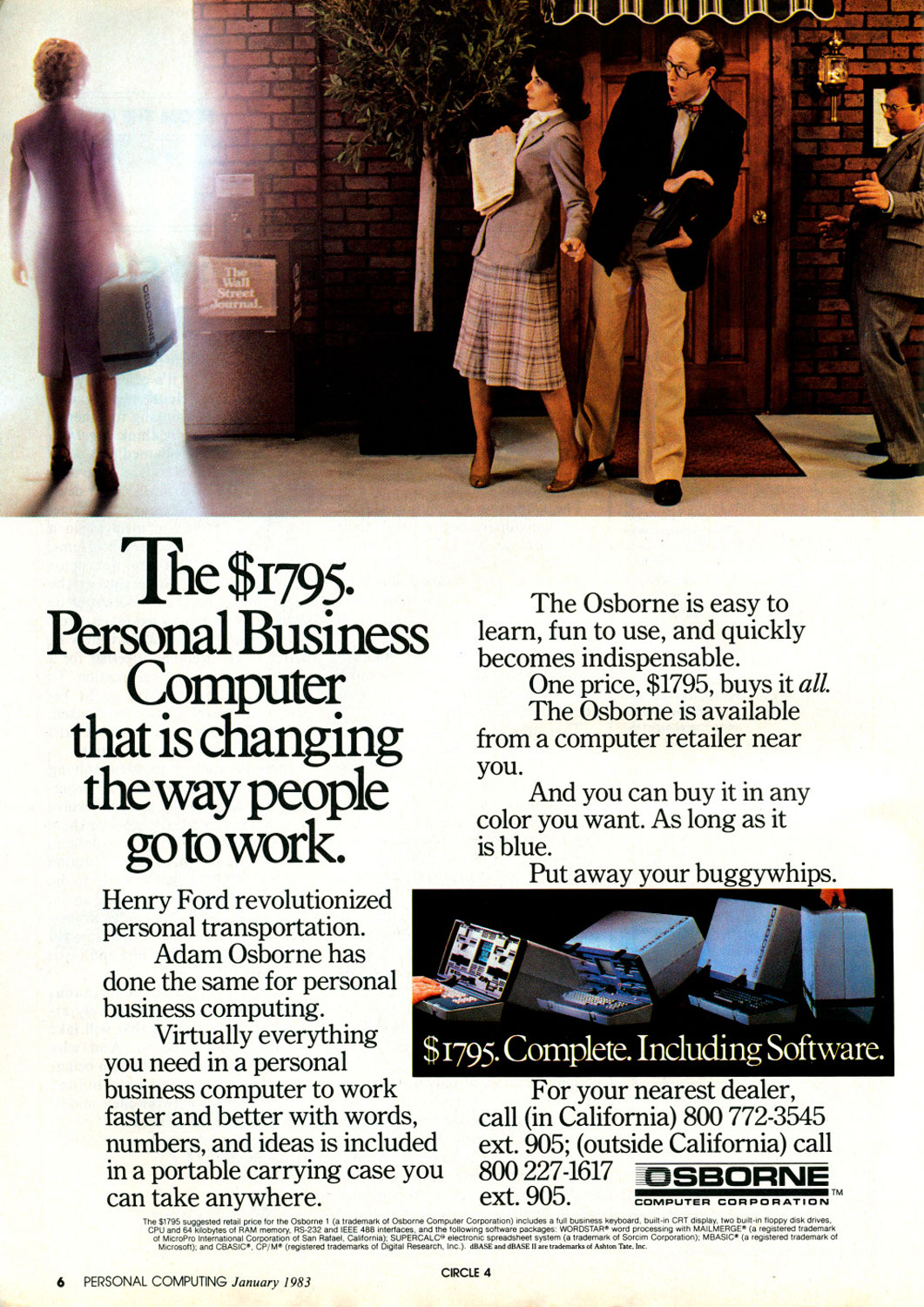

What’s the worst that could happen?
In the past, leap seconds have caused outages at popular websites such as Reddit, Yelp and Foursquare. A 2012 leap second even led to 400 flight delays in Australia, forcing airport workers to conduct check-ins by hand rather than using computers. However, technical glitches related to the leap second are relatively isolated. There’s little chance of a large-scale technological shutdown, as was predicted in the runup to Y2K. But the fact that people spend so much time online now means technical problems related to the leap second could affect more people than in the past.
Is there a way to stop these problems?
There are a few solutions. Google uses a trick it calls the “leap smear,” in which a millisecond or two is added to computers’ clocks gradually over the course of a day so computers add the additional second without noticing.
A more permanent fix would be to abandon leap seconds entirely. The International Telecommunications Union, which sets international time standards, will vote on whether to keep the leap second in November 2015. One time expert told Wired that deliberation over how to deal with the leap second could easily be put off for another decade — or just a little longer, depending on how many leap seconds we get until then.
More Must-Reads from TIME
- Donald Trump Is TIME's 2024 Person of the Year
- Why We Chose Trump as Person of the Year
- Is Intermittent Fasting Good or Bad for You?
- The 100 Must-Read Books of 2024
- The 20 Best Christmas TV Episodes
- Column: If Optimism Feels Ridiculous Now, Try Hope
- The Future of Climate Action Is Trade Policy
- Merle Bombardieri Is Helping People Make the Baby Decision
Contact us at letters@time.com